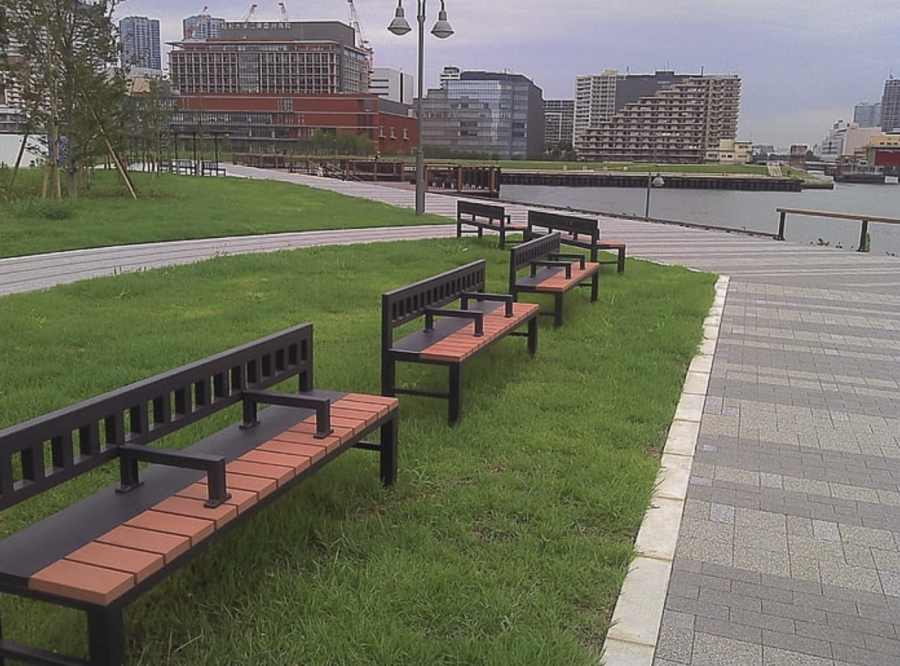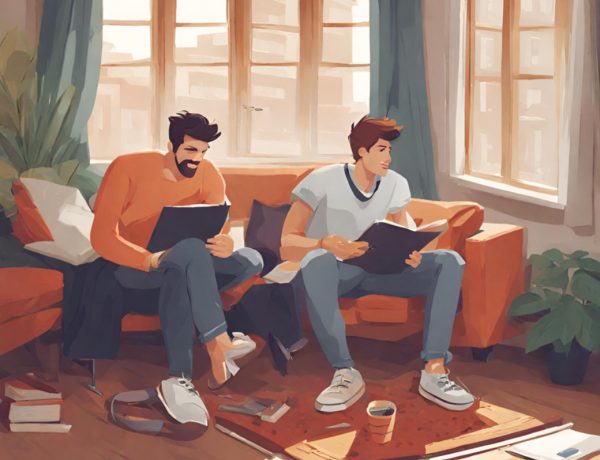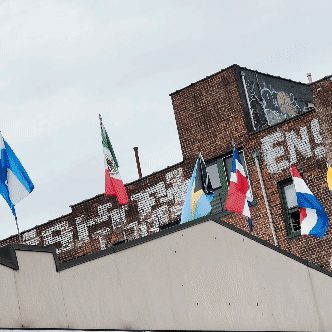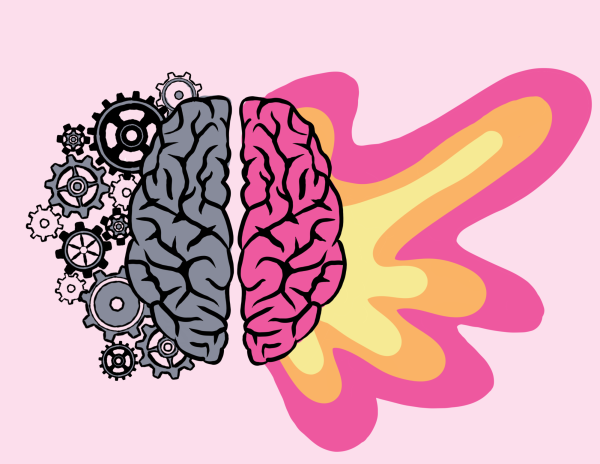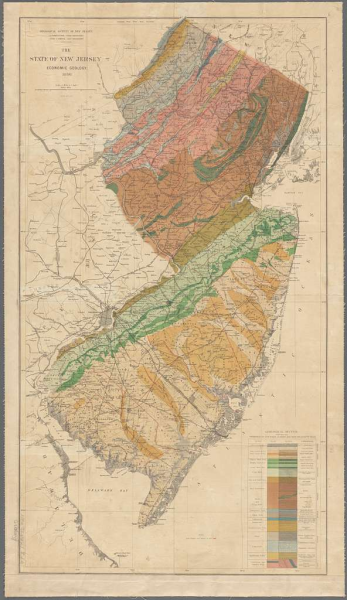How Anti-Homeless Designs Are Forcing The Homeless Out Of Public Areas
Pictured is one of the anti-homeless structures. The dividers make sleeping on the benches uncomfortable and unusable.
In the United States, at least half a million people are homeless. As the number of homeless has been rising over the past few years, the disparity has led them to public parks and cities as their homes.
Anti-homeless architecture is usually in areas that are walked on by many people. To those unaware of the purposes of these structures, they can seem like decoration, such as bricks along a garden or a bar splitting a bench. These “decorations” are used to deter the homeless from public spaces. Anti-homeless architecture, or hostile architecture, is put in place to make public spaces uncomfortable for the homeless population.
The main type of anti-homeless architecture is seen in the form of anti-homeless benches. These benches are in a shape that can not be laid down on. They are usually slanted or have a metal bar dividing the bench in half, so as to not allow someone to “set up camp” there. Reasoning for this includes tendencies of businesses to get tired of people sleeping on their benches, as it creates an unsafe or undesirable environment.
There are also also see other forms of anti-homeless architecture such as spikes or potted plants. Spikes are normally placed under bridges and in other typically flat areas. Potted plants and other decorations, usually large, are placed in cities to prevent sitting.
Advocates for these inventive designs argue that these structures limit criminality, keeping the homeless from sleeping and living where they shouldn’t. They believe homeless people should go to homeless shelters if they need help. However, these structures are not only for the homeless but they are used to prevent littering, skateboarders, and parkour. It can prevent crime and make these urban areas safer and cleaner.
It could also be argued that these structures make public areas non-inclusive, leaving some unable to survive with basic human necessities in public spaces. Homeless shelters are sometimes unsafe and unlivable, and all humans should have the right to live. The homeless have it hard enough, so why make it harder?
Both aspects mentioned above could be true, but the reality remains, as that as the homeless population increases, these now inaccessible infrastructures will not be a welcomed home.

